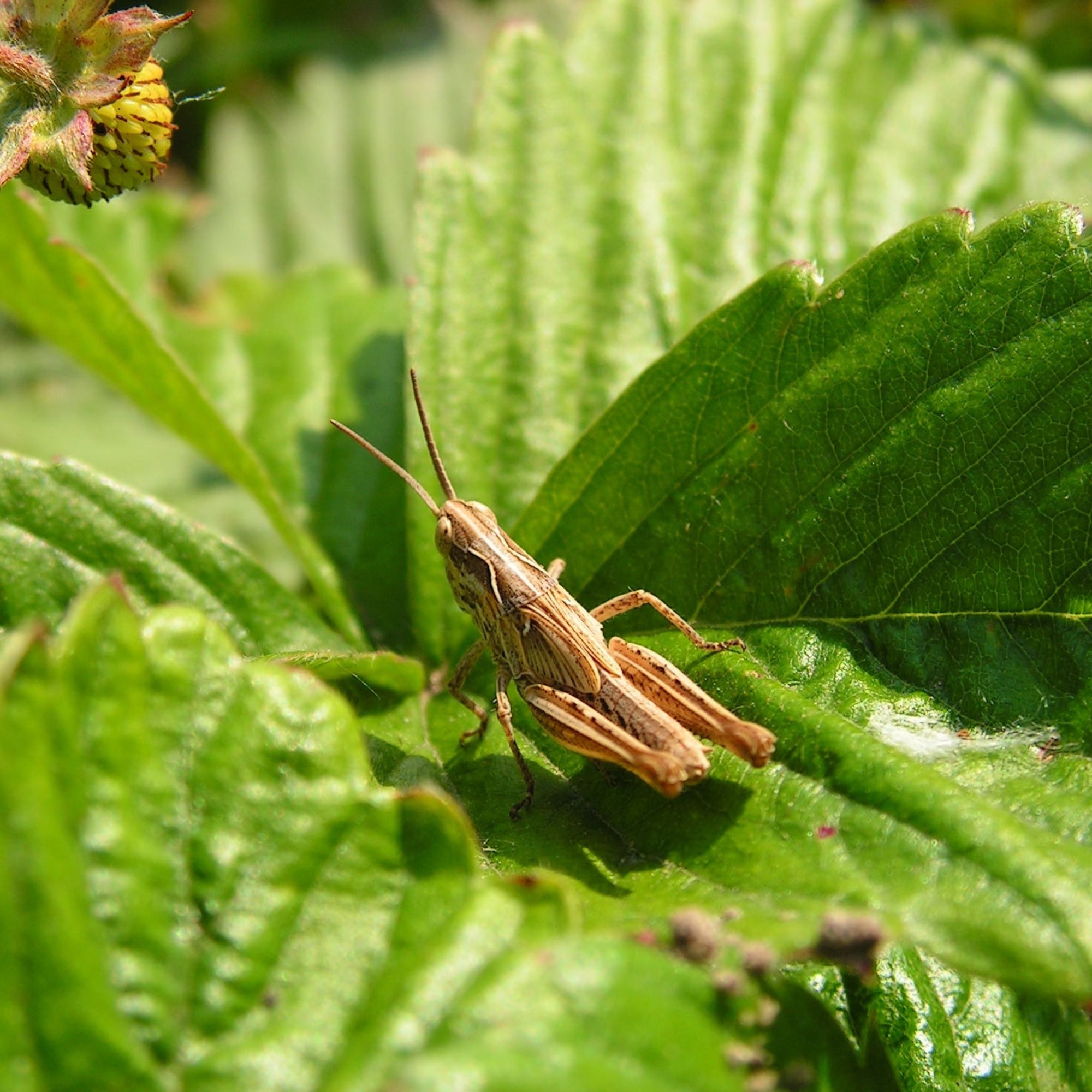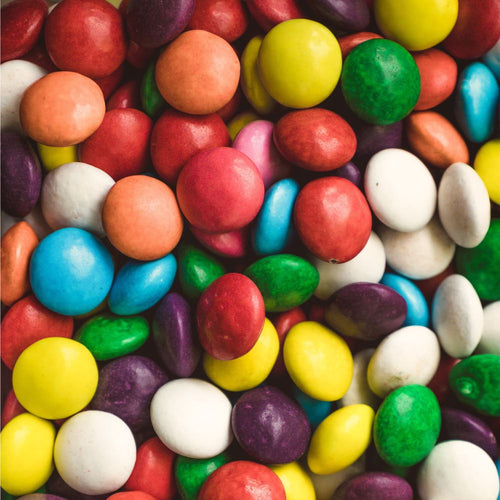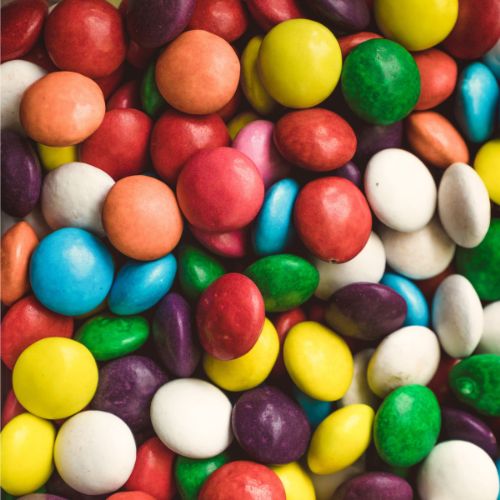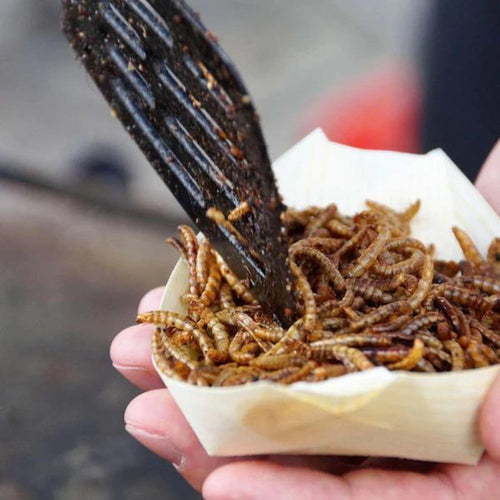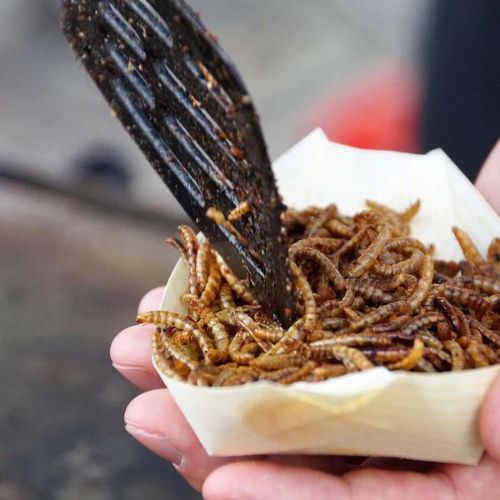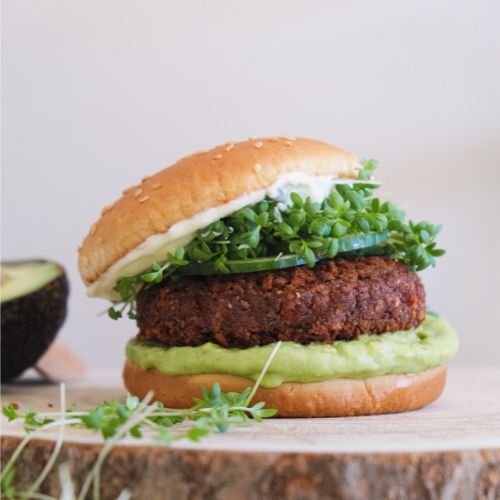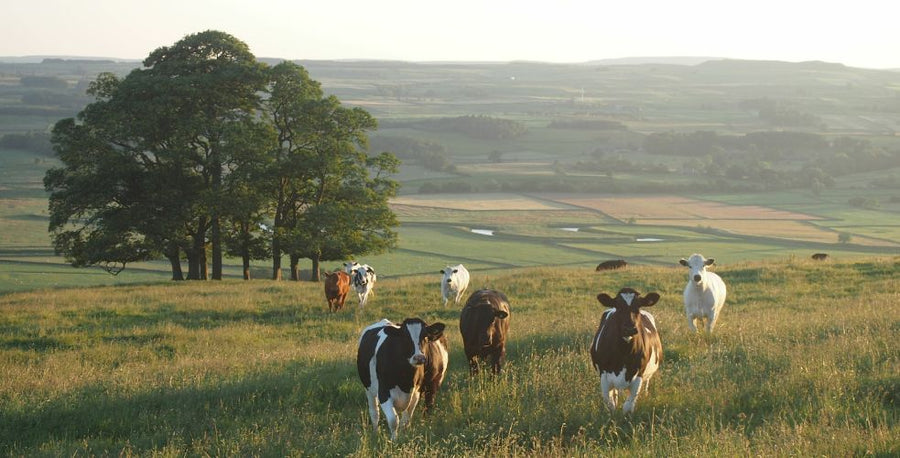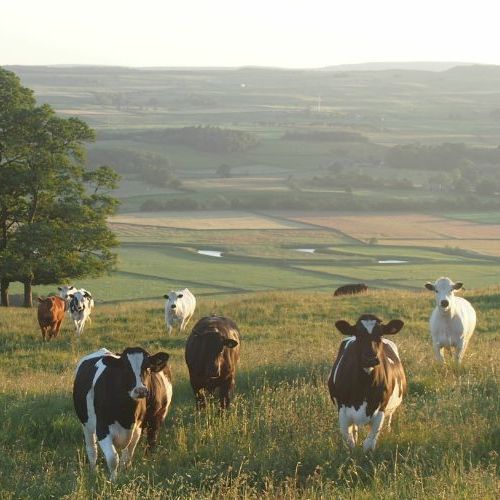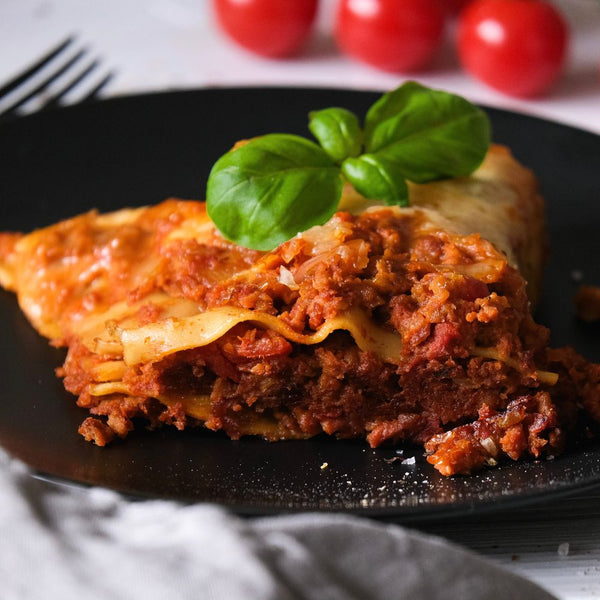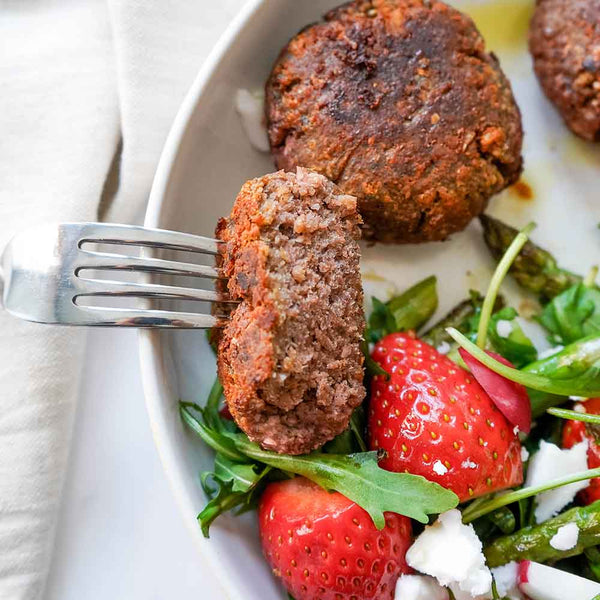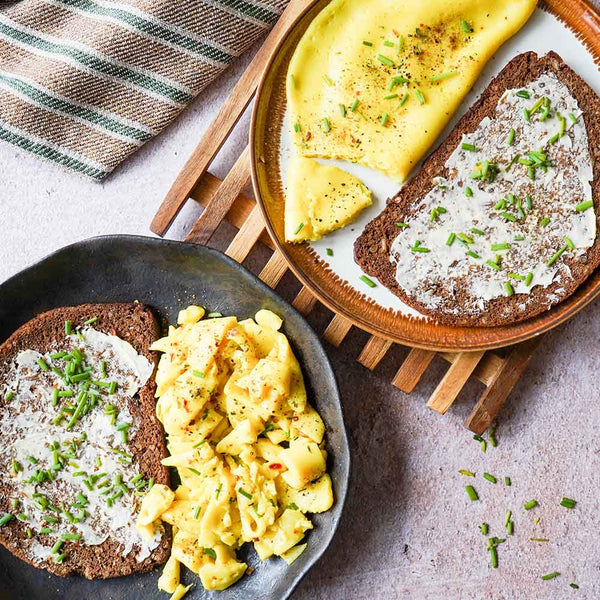Are we humans designed to eat insects? According to the Food and Agriculture Organization (FAO), insects have a high content of fat, protein, vitamins, fiber and minerals. They are even said to have a high omega-3 content.
Since the consumption of insects is new in Europe, there are not yet sufficient regulations regarding the use of drugs in breeding. As with meat, animals in factory farming, including insect breeding, are often given medication to reduce possible illnesses and germ formation. This in turn has a negative impact on the environment, as these diseases require poisons that have to be produced industrially.
As far as feeding the insects is concerned, the feed hygiene regulations currently apply. According to her, for example, no food waste may be fed and only additives approved for animal feed may be used.
 Germany
Germany
 Austria
Austria

